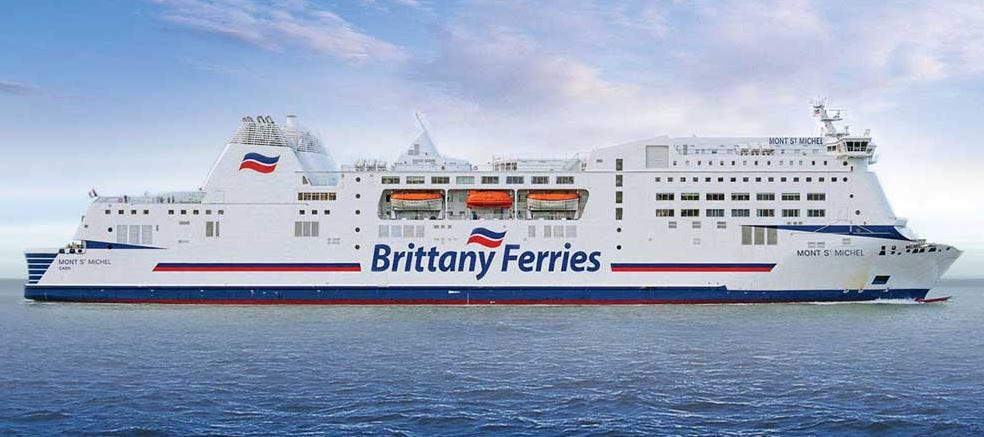
In the early 2000s, the IMO set in place restrictions on the sulfur content of heavy fuel oils used by marine vessels. The purpose of this regulation was to reduce the emissions of sulfur oxides from the exhaust.
This is the main reason why Brittany Ferries turned to XBEE Enzyme Fuel Technology in order to measure its impact on greenhouse gas emissions. This program consisted of measuring the atmospheric emissions on the main engine n°4 of the ferry Mont Saint-Michel.
Measurements have been carried out by Ascal. This laboratory, now known under the name Kali’Air, was approved then by decree of the French Ministry of Ecology, Sustainable Development and Energy, and also accredited by Cofrac (French Accreditation Committee).
All the measurement campaigns took place during the ship’s regular operations, sailing between Ouistreham in France and Portsmouth in the United Kingdom. The first campaign was carried out on Wednesday 11 October 2006 on the ME4, a MaK engine, model 6M43 of 5,400 kW powered on heavy fuel oil 380 LS.
Starting on 13 October 2006, the crew treated the fuel during bunkering at the recommended dosage of one litre of XBEE for 4m³ of fuel oil. It should be noted that the ship had been equipped upstream with a sprayer to treat the fuel oil during the bunkering operation before its arrival in the storage tanks.
The next measurement campaigns were carried out on Wednesday 8 November and 13 December 2006, respectively, as well as on Thursday 29 March 2007, i.e. one month, two months, and five and a half months after the start of treatment.
Taking into account the data measured by Ascal, we can see that XBEE Enzyme Fuel Technology significantly reduced carbon dioxide, sulfur oxide, and nitrogen oxide emissions, as well as particles in engines powered by heavy fuel oil
Obviously, XBEE Enzyme Fuel Technology had a strong impact on the combustion of HFO 380 on board the ferry Mont Saint-Michel.
The reduction in emissions of carbon monoxide and dioxides, nitrogen oxides, particles, and volatile organic compounds demonstrates a more complete combustion and a reduction in fuel oil consumption.
It can be observed that the measurements made in winter, when sea conditions were the most comparable to each other, are the ones that show the best results; XBEE has made it possible, after two months of treatment, to reduce CO2 emissions by almost 10%. NOx emissions have been reduced by almost 4%.
For the full report, please visit the XBEE website.

